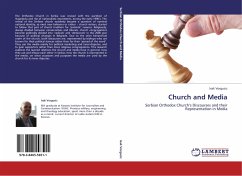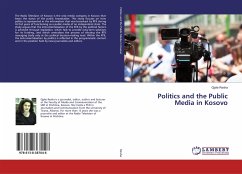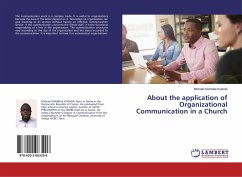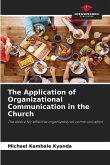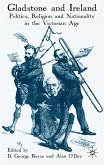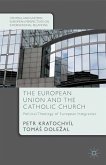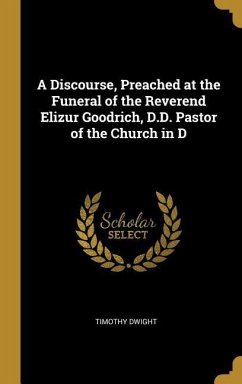The Orthodox Church in Serbia was revived with the partition of Yugoslavia and rise of nationalistic movements, during the early 1990 s. The revival of the Serbian church suddenly became a question of nominal national identity, so most new believers or rather church visitors, started to follow that part of church tradition for patriotic reasons. Religiously, always divided between conservatives and liberals, church congregations become politically divided into radicals and democrats in the 2000 year because of political changes in Belgrade. Due to the strict hierarchical order of the church, both discourses are, represented by bishops who are known for their political stances rather than for their spread of the word . They use the media mainly for political marketing and inner-disputes, and to gain supporters rather than more religious congregations. This research explores the layered relations the church and media have in general, how they use and misuse each other in Serbia, how the church is represented in the media, on what occasions and purposes the media are used by the church for its inner disputes.
Bitte wählen Sie Ihr Anliegen aus.
Rechnungen
Retourenschein anfordern
Bestellstatus
Storno

